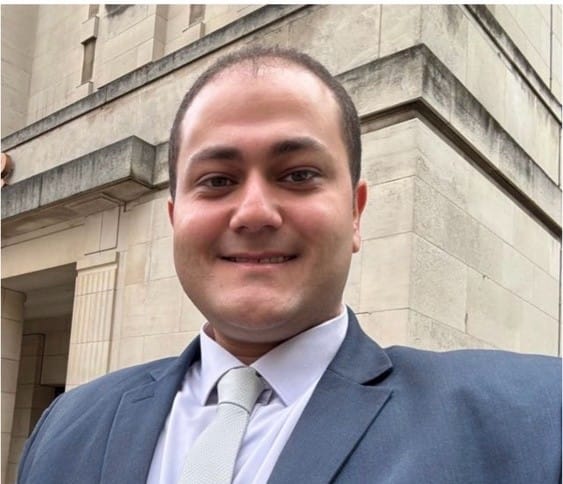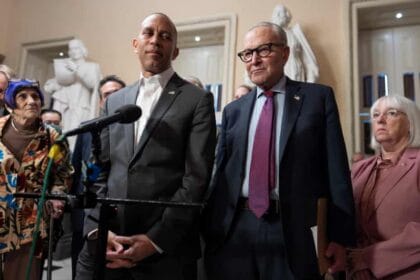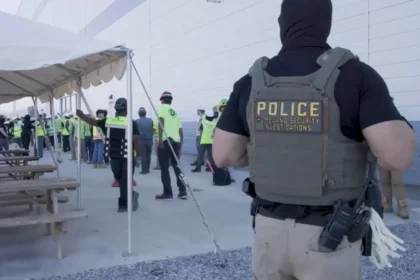
Diplomatic Affairs and Global Policy Specialist
| Embassies & United Nations
Diplomacy starts before the meeting. Before the greeting. Before the email. It starts where no one is looking. It starts inside. It starts in the mind of the person walking into the room. It starts when they expect something. When they assume. When they believe something is probably true even if it has not been said yet. That is where diplomacy begins. Not with the handshake. Not with the coffee. Not with the opening statement. With the assumption.
Assumptions are not guesses. They are not always wrong either. They are built from something. Built from past talks, old reports, news clippings, private memos, personal experience, institutional muscle memory. They form a lens. Through that lens everything gets seen. If the lens is off, the whole view shifts. And nobody knows why it feels wrong. But it feels off. And that sets the tone. That shapes the talk. That pulls the outcome in a direction before any policy is actually laid down.
What makes assumption powerful is that it hides. Nobody calls it out. Nobody says this is the assumption we are walking in with. But it is there. It decides who speaks first. It decides what is read between the lines. It decides what silence means. Sometimes silence means respect. Sometimes silence means resistance. It depends on the assumption. That is where things go wrong or go right.
This is not theory. It is real. It plays out every single time. What one party assumes becomes the filter through which they read the tone of the other. If they assume mistrust, even a neutral statement sounds suspicious. If they assume alignment, even a vague answer sounds like agreement. The entire exchange bends to the assumption. That is why it must be studied. Not ignored. Not pushed aside. It must be named.
In policy work, this can lead to deadlock. Talks stall. Not because of disagreement over substance but because of confusion over intention. Someone expected progress. The other expected stalling. So both adjusted in opposite directions. And the result? A breakdown. Not in values. But in expectation. That is why diplomatic actors need to include assumption mapping as part of their preparation.
This means something very direct. Before the meeting starts, ask the team what they already believe is going to happen. Put it on the table. Not to destroy it. But to notice it. To observe what frame is silently driving the tone. Because if that frame goes unspoken, it drives everything else. And it drives in silence. That is where damage hides.
The concept of assumption auditing needs to become part of the professional training of diplomats, just like protocol or speech drafting. Diplomacy should not wait for missteps to revisit the logic.
Even in small gestures, assumption is working. When someone pauses, what do you think that pause means? Doubt? Caution? Disagreement? Or are they just choosing their words? The answer depends not on what they are doing but what you think they are doing. That difference matters. It creates tension where there is none. Or it misses signals that matter. The repetition of assumptions builds frameworks. And those frameworks carry real weight.
Assumptive diplomacy is not the opposite of strategic diplomacy. It is part of it. It is the part that happens underneath. It is the layer that runs under the negotiation. If you do not look at that layer, then everything on top will be read in strange ways. No matter how clean the policy. No matter how good the language. If the assumption is off, the message is off. Period.
This is why some of the best practitioners in the field talk very little in the early minutes of a conversation. They are reading the frame. Listening for what is being assumed. Listening for the lens. Listening for the track that is already running silently underneath the words. Those unpracticed in the discipline of listening will require considerable luck.
Here is the shift that needs to happen. Stop assuming diplomacy begins when someone speaks. Start tracing it back to what people already believe before the room even opens. That belief is not background. It is the frame. It steers how people listen. How they react. How they hold back. How they read the space between sentences. And that can carry more weight than what gets said.
This is not optional work. It is foundational. You do not build effective diplomacy by skipping the layer that comes before the language. You build it by listening for the assumption before the first word arrives. That is where diplomacy starts. That is where it has always started. Interpretation begins long before expression. Real diplomacy listens first.
It starts early. Way earlier than people notice. Before anyone talks. Before anyone sits. Assumptions already walked in. They are already working. They shape the tone. They steer the reaction. They set the frame. And most people miss it. That is where mistakes grow. Not in the words. In what came before. The only way forward is to stop skipping that part. Slow it down. Read the frame. Ask what is already being believed. Because once the lens is set, the rest just follows. If you do not name the assumption, the assumption names the outcome. Every time.
NOTE: Please find official website of Amro Shubair, M.A here.






Daj svoj stav!
Još nema komentara. Napiši prvi.